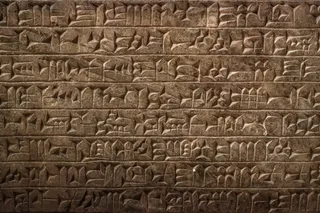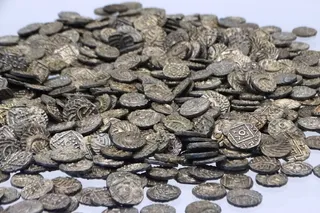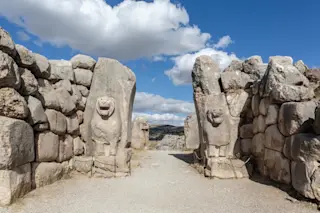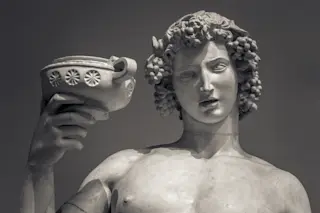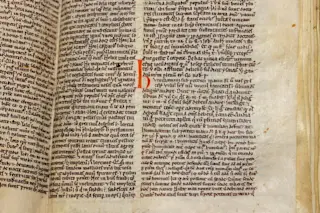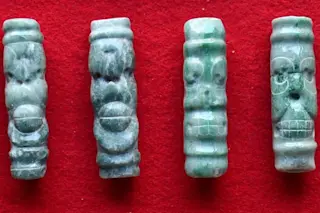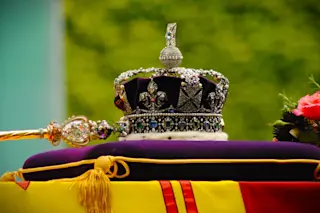In early May of 1926, thousands of people stood outside a train station on Chicago’s South Side and waited as a casket was solemnly unloaded. A military regiment stood by to escort the dearly departed. In the coming days, an estimated 10,000 people attended services and paid their respect to the queen. They came in droves to honor Bessie Coleman. You may be wondering who Bessie Coleman was, what Bessie Coleman was known for and how Bessie Coleman died.
Coleman, or Queen Bess as she was known, was the first Black woman and first Native American woman to hold a pilot’s license. She dreamed of opening an aviation school and helping other excluded students learn how to become pilots. Her life ended tragically in a crash, but her legacy lives on and continues to inspire aviators and astronauts.
Coleman was born in 1892 in rural Texas, and she was one ...




